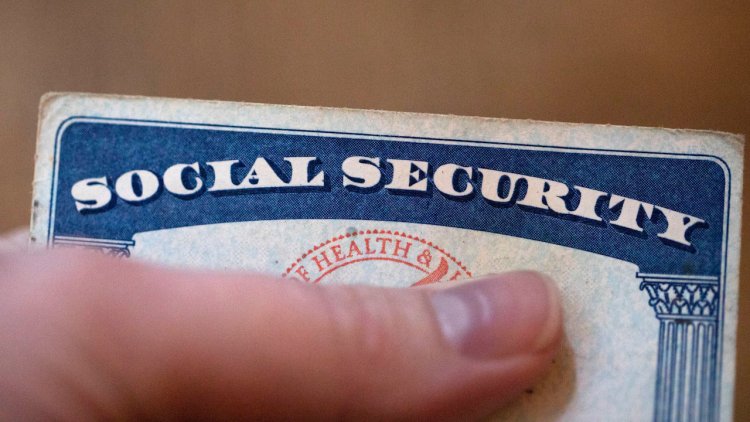Clarification on Recent Social Security Email

With numerous scams targeting Social Security recipients, it's crucial to recognize that a recent email from the Social Security Administration (SSA) is genuine.
The SSA has announced that individuals who set up a My Social Security Account before September 18, 2021, need to transition to a Login.gov account to maintain access to online services. This update is designed to enhance the sign-in process and adhere to federal authentication standards, ensuring a safer and more secure online experience.
The My Social Security Account, available to both beneficiaries and non-beneficiaries, allows users to check application statuses, request new Social Security cards, estimate future benefits, and manage current benefits.
To make this transition, users should log in to their existing account where they will be prompted to switch to Login.gov. After a successful link, a confirmation screen will grant immediate access to their My Social Security services. Those who already have Login.gov or ID.me accounts do not need to create a new account or take further action.
The email informing users of this change is authentic. However, be cautious of any offers to facilitate the transition for a fee or unsolicited communications from other sources.
Avoiding Social Security Scams
Despite the legitimacy of this email, Social Security recipients are frequent targets for scams. Be on guard against any communication—be it call, text, email, letter, or social media message—that:
- Claims your Social Security number will be suspended, even if they have some of your details
- Threatens arrest or legal action
- Demands immediate payment
- Requests payment via gift cards, prepaid debit cards, internet currency, or cash by mail
- Pressures you for personal information
- Asks for secrecy
- Threatens to seize your bank account
- Promises increased Social Security benefits
- Attempts to build trust using fake documents, false evidence, or names of real government officials
Typically, the SSA contacts individuals who have recently applied for benefits, those already receiving payments needing updates, or people who have specifically requested a call. If you do not fall into these categories, receiving such a call is unusual.







